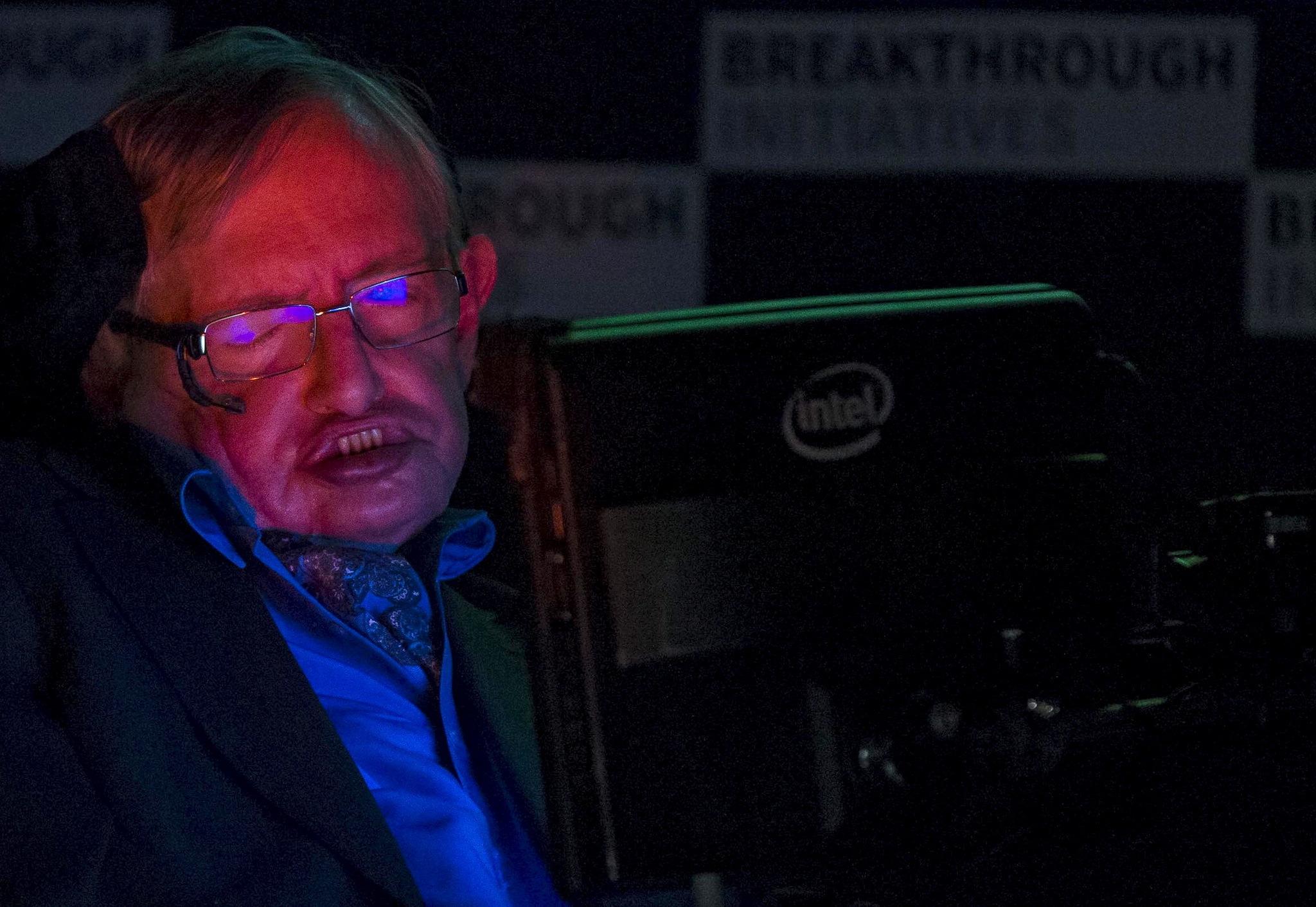Stephen Hawking's last scientific study published, showing professor grappled with mystery of black holes right up until his death
The research attempts to deal with a paradox that occupied the scientist's mind throughout his career

Stephen Hawking's final paper has been published, and it shows him grappling with one of the universe's strangest mysteries.
It deals with the information paradox, a difficult question that had occupied Professor Hawking throughout his life. And in the very last days of his life he may have made important work towards solving it once and for all.
That question revolves around the way that black holes are thought to swallow up and destroy anything that falls into them. If they do entirely destroy them, they would take the "information" about them behind – but it is thought to be impossible for that information to simply disappear, leading to the paradox.
Because Professor Hawking suggested that black holes have a temperature and so would eventually cool down and evaporate, disappearing entirely from existence. With that, they appear to take the information with them, but it cannot simply be lost without breaking the laws of quantum mechanics.
But the new paper suggests that can be explained by the phenomenon of "soft hair". That is a sort of glossy edge that sits at the edge of the black hole and allows for scientists to overcome the paradox.
Now the researchers who worked with Professor Hawking on the paper in his final days will have to explore more of how exactly that works without him. They hope to find out how exactly the soft hair works, and what happens to it when the black hole comes to an end.
The study itself – which is attributed to Sasha Haco, Stephen W. Hawking, Malcolm J. Perry and Andrew Strominger – describes that process in far more technical detail. The summary concludes with a sentence that reads: "Assuming the existence of a quantum Hilbert space on which these charges generate the symmetries, as well as the applicability of the Cardy formula, the central charges reproduce the macroscopic area-entropy law for generic Kerr black holes."
But at its most simple level it could be part of a solution to a problem that has occupied many of the greatest minds in the world for decades, according to researchers.
“Understanding the microscopic origin of this entropy – what are the underlying quantum states that the entropy counts? – has been one of the great challenges of the last 40 years," Marika Taylor, professor of theoretical physics at Southampton University and a former student of Hawking’s, told The Guardian, which had first reported the new paper.

"This paper proposes a way to understand entropy for astrophysical black holes based on symmetries of the event horizon. The authors have to make several non-trivial assumptions so the next steps will be to show that these assumptions are valid."
Join our commenting forum
Join thought-provoking conversations, follow other Independent readers and see their replies
Comments
Bookmark popover
Removed from bookmarks